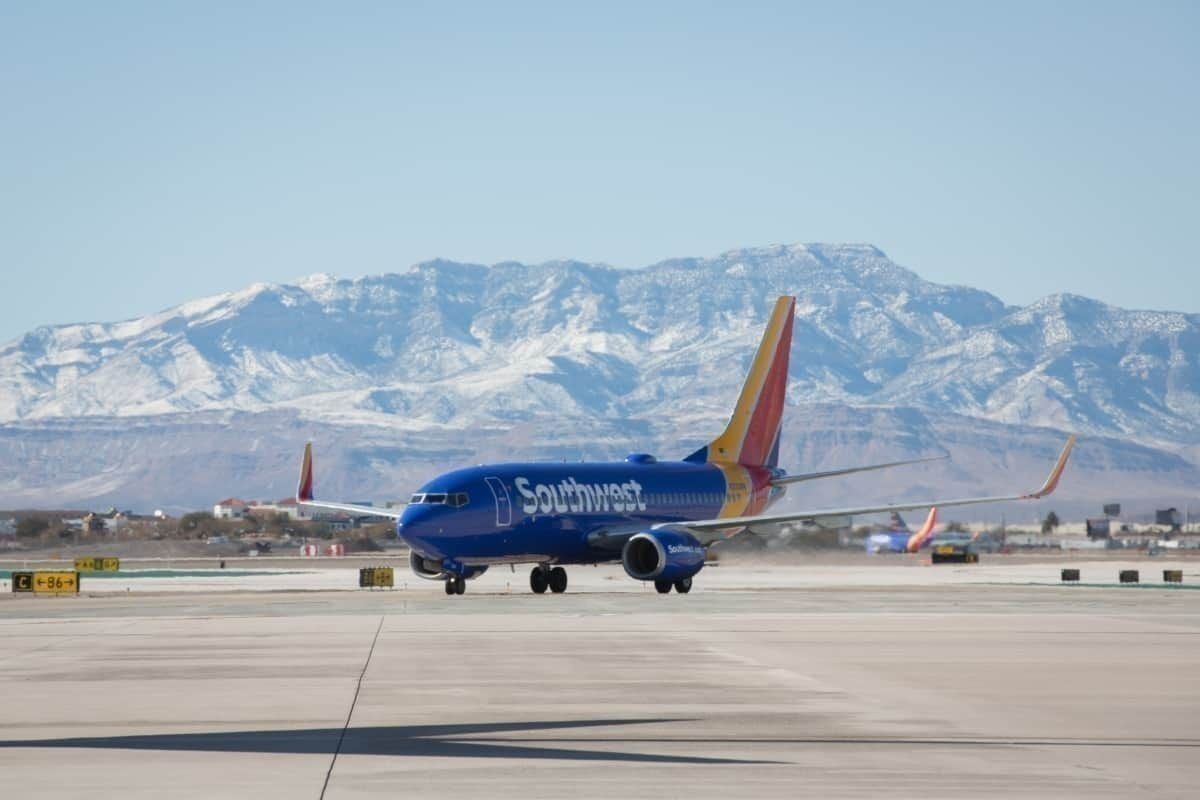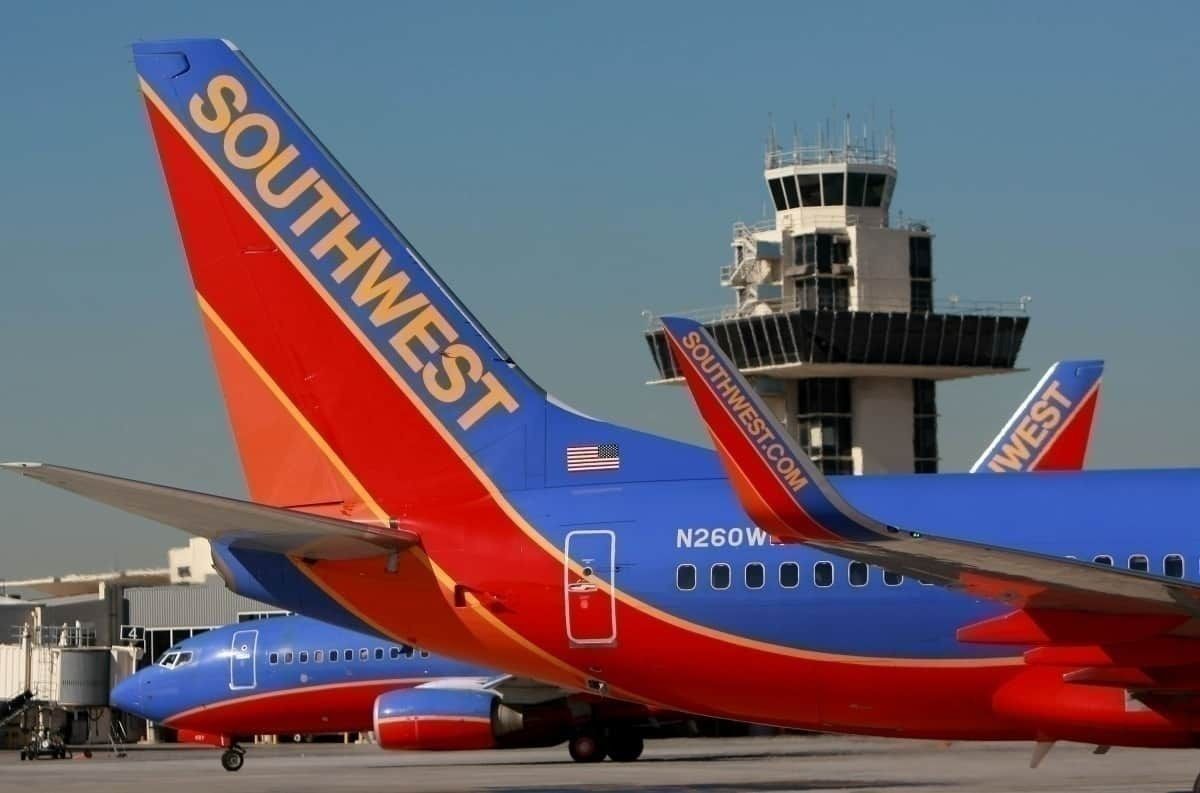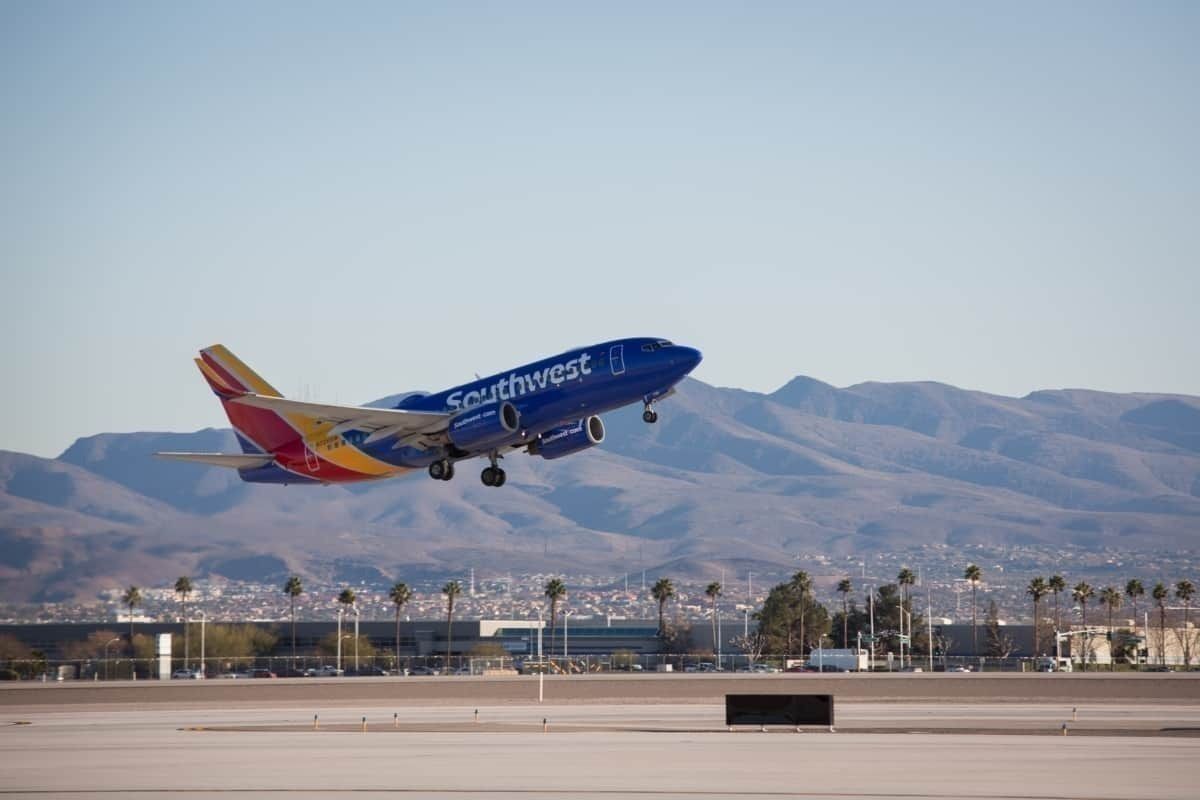It has been a long hard road for Captain Bob Halicky. The Southwest Airlines Captain was diagnosed with type-1 diabetes in 2011, ending his days of flying for the airline. But new FAA medical protocols dealing with diabetes have finally allowed Captain Halicky to operate passenger flights again. On Monday, Captain Halicky captained his first Southwest Airlines flight in nine years.
Insulin dependant pilots grounded
Historically, the FAA has allowed pilots with insulin-treated diabetes to get third-class medical certificates. But that only allowed them to fly privately or instruct. Pilots need a first or second class medical certificate to fly passenger aircraft. The FAA's longstanding position was that pilots suffering from a high or low blood sugar incident inflight could endanger that flight.
Before been diagnosed with type-1 diabetes in 2011, Captain Halicky had been flying for about 25 years. That included four years in the United States Air Force. In 1993, Bob Halicky joined Southwest Airlines. Since 2011, he has been working as an instructor pilot at Southwest.
Stay informed: Sign up for our daily aviation news digest.
Improvements in technology and medication saw the FAA's position increasingly out of step with guidelines in other jurisdictions. In 2012, Canada relaxed its restrictions concerning pilots with type-1 diabetes. Countries like the UK, Australia, and New Zealand soon followed. Ironically, pilots from those jurisdictions could fly into US airspace. That saw various organizations, including the American Diabetes Association, begin to campaign for changes in FAA protocols.
"The American Diabetes Association has had the great privilege of partnering with incredible pilots over the course of the past decade to make this dream come true," ADA Executive Director Tracey Brown told CNN this week.
FAA opens door to some diabetic pilots
With new diabetes treatments coming onto the market, the FAA relaxed its protocols late last year. It would allow insulin dependant diabetic pilots to apply for a class one medical certificate.
Advances in the treatment of diabetes and the management of blood sugars have mitigated that risk," Federal Air Surgeon, Michael Berry said recently.
"Recent advances in technology and diabetes medical science have allowed the FAA to develop an evidence-based protocol that can both identify a subset of low-risk applicants whose glycemic stability is sufficiently controlled and also ensure these pilots can safely maintain diabetic control for the duration of a commercial flight."
Applicants must meet strict criteria
It isn't open slather. As the FAA notes, this avenue is open to a "subset of low-risk applicants." To prove they are low risk, applicants need to meet several criteria, including;
- a full report from the treating and board-certified endocrinologist;
- passing comprehensive laboratory benchmarks;
- submitting blood sugar glucose monitoring data;
- continuous glucose monitoring data for at least the preceding 6-months;
- data that identifies continuous glucose monitoring for all flights for the past six months and actions taken to deal with incidents of low or high glucose levels;
- an eye test; and
- a cardiac evaluation.
Back to business at Southwest
According to CNN, six grounded commercial pilots have applied for the class one certificates. Bob Halicky met the FAA's new criteria. The American Diabetes Association reckons Captain Halicky was the first of those to fly a planeload of passengers.
On Monday morning, Bob Halicky captained a passenger flight from Las Vegas to Seattle. He probably enjoyed that. But Southwest hasn't wasted any time get their man back on the flying treadmill again. Captain Halicky had a swing through five cities before getting home to Las Vegas. Just like the old days.



